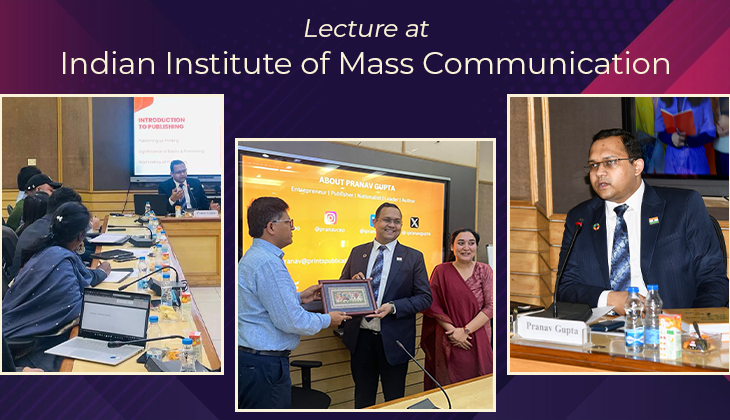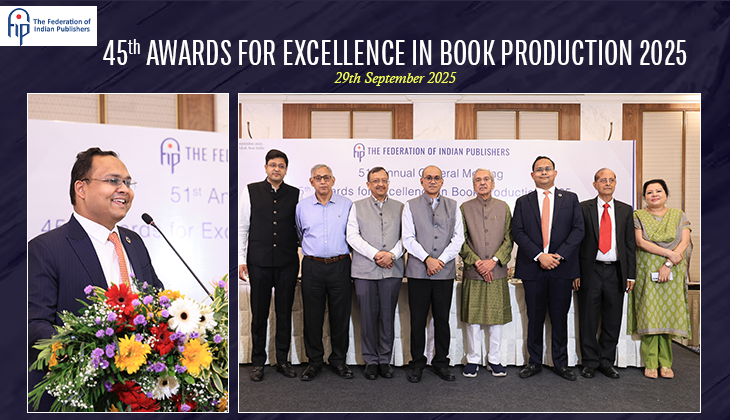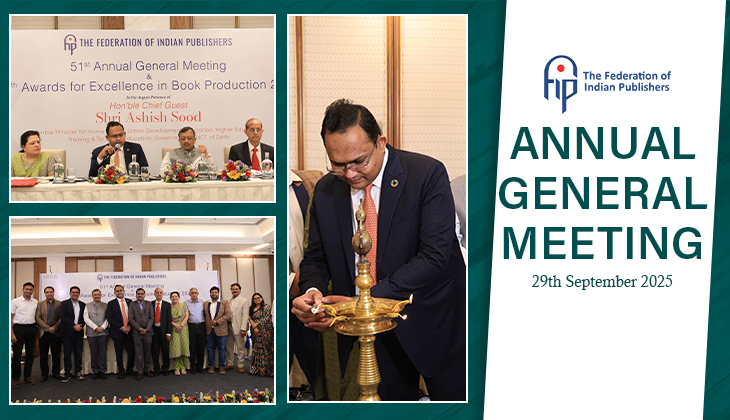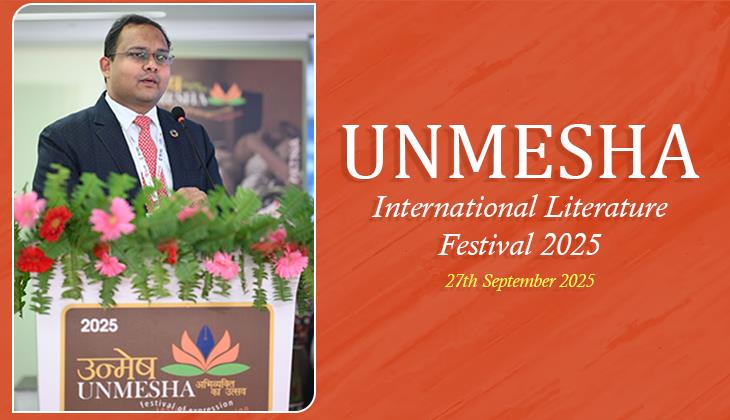I recently had the privilege of delivering a lecture at the esteemed Indian Institute of Mass Communication as part of a refresher course for senior Indian Information Service (IIS) officers. My presentation topic was “Recent Trends in Publishing,” a subject that holds immense significance for society, culture, and global economies. This opportunity allowed me to share my insights and expertise in the publishing industry with a distinguished audience.
Introduction to Publishing
My presentation began with an introduction to publishing, distinguishing it from printing. I emphasised the enduring significance of books and publishing in shaping societies, preserving knowledge, and promoting cultural exchange. I provided a brief history of publishing, highlighting its evolution from Gutenberg’s printing press to today’s advanced technologies.
Genesis and Developments in Printing
I traced the genesis and developments in printing, starting with Gutenberg’s revolutionary invention of the printing press. The journey has been transformative, from block-based and typeset printing to offset and tech-based printing, including print-on-demand. These innovations have made publishing more accessible and cost-effective.
World Market & India
India plays a significant role in the global publishing landscape. India’s contributions are noteworthy as the second-largest nation in English language book publishing and the third-largest print book market in the world. The country’s book industry also supports the national economy, albeit at a modest 0.08%. However, the growth potential is promising.
Publishing Overview: India
The Indian publishing industry boasts over 24,000 active publishers and an estimated print book market worth INR 720.6 billion in 2019-20. With a projected compound annual growth rate (CAGR) of 19.4%, the market is expected to cross INR 1,000 billion by the end of the fiscal year. The school sector dominates the market, followed by higher education, while the trade segment and other categories contribute significantly.
Indian Education Sector
India’s education sector, with a literacy rate of 78%, encompasses over 1,000 universities, 42,000 colleges, and 1.5 million schools. This vast network serves a student population of 265 million in schools and 38.5 million in higher education. These statistics underscore the critical role of publishing in the education sector.
Publishing in the Education Sector
Within the education sector, publishing spans various categories, including school books, higher education resources, and specialised books in science, engineering, and medicine. Additionally, competition and assessment books and various educational resources play a crucial role in supporting academic growth and achievement.
Publishing Genres: Beyond Education
I also explored publishing genres beyond education, such as research and reference, trade publishing, and children’s books. The industry encompasses health, yoga, self-help, journals, periodicals, and newspapers. These genres contribute to the diversity and richness of India’s publishing landscape.
Specialised Publishing
Specialised publishing covers activities, folk literature, digital publishing, and law books. It also extends to publishing solutions for the global market and preserving religious literature and temple texts. These niche areas cater to specific audiences and purposes.
Books as Cultural Ambassadors
Books serve as cultural ambassadors, representing history, societal developments, and knowledge systems. They are vital in promoting cultural exchange, preserving heritage, and fostering understanding across borders.
Book Publishing Media
The medium of book publishing has diversified beyond printed books. It now includes globes, maps, atlases, and adaptations of books into movies and OTT shows. Audiobooks, e-books, e-journals, and Braille script literature further expand accessibility and reach.
Reasons Behind the Creation of a Book
Finally, I discussed the motivations behind creating a book, which ranges from serving an audience or purpose to creative writing, collections of articles, and reproductions or revisions of research dissertations. Technological advancements have also enabled new forms of book creation.
In conclusion, my lecture was an enriching experience that allowed me to engage with the IIS officers and share insights into the dynamic world of publishing. The industry’s impact on education, culture, and society is undeniable, and I look forward to seeing how it continues to evolve and contribute to global progress.



